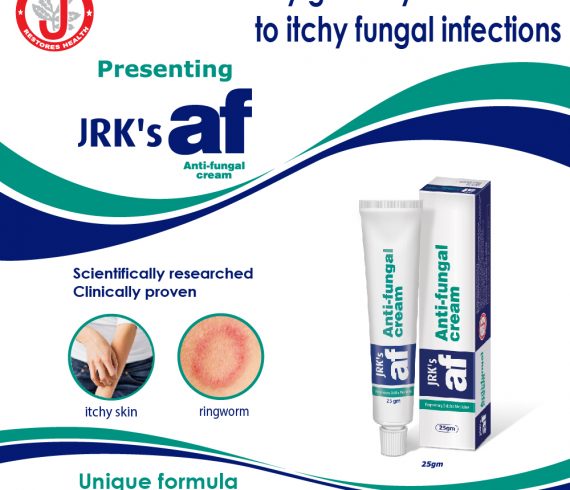

Fungal infections have long been a part of human existence, often presenting as minor irritations or easily treatable ailments. However, a new and concerning trend is emerging – the rise of resistant fungal infections. In this blog, we uncover the reasons behind the increasing resistance of fungal infections, shedding light on the complexities.
The Fungi Among Us:
Before we get into the realm of resistance, let’s understand the world of fungi. These diverse microorganisms exist everywhere, from our environment to our bodies. While many fungi are harmless, some have the potential to cause infections, ranging from superficial skin conditions to severe, life-threatening diseases that affect vital organs.
Resistance Takes Center Stage:
Imagine a scenario where common antifungal medications, once reliable allies, start losing their effectiveness. This is the reality we’re facing as resistant fungal strains emerge. The question arises: Why are these once-treatable infections becoming increasingly stubborn and difficult to manage?
Unraveling the Factors:
Several factors contribute to the rise of resistant fungal infections. Overuse and misuse of antifungal drugs, suboptimal patient compliance, and the ability of fungi to adapt and evolve all play a role. Additionally, our modern lifestyle and global interconnectedness have facilitated the spread of these resistant strains, turning what was once a localized issue into a concern.
A Complex Dance:
The relationship between fungi and our immune systems further complicates matters. A weakened immune response due to factors like underlying health conditions, medications, or medical procedures can create an environment in which fungi thrive and develop resistance. It’s a delicate dance between pathogen and host, one that requires careful intervention.
Innovations and Interventions:
Researchers and medical professionals are working diligently to develop innovative solutions to combat resistant fungal infections. This includes exploring new antifungal compounds, refining treatment protocols, and improving diagnostic methods to ensure accurate and timely identification of infections. However, the challenge remains multifaceted, requiring a collaborative effort across disciplines.
Dr.JRK’s af anti-fungal cream with bitter herbal actives and bitter enemy of fungus is fortified with sulfa rich neem extracts and makes it the best choice to clear fungal infections and prevent recurrence neem contains nimbin and azdirichtin which enhance deep permeation of the actives and elevate local immune response of the skin to fight against fungal infection. It effectively removes fungal adhesion and causes fungal cell wall damage which speeds up treatment
Prevention is Paramount:
While advancements in treatment are crucial, prevention is equally vital. Educating healthcare providers and the public about responsible medication use, proper hygiene practices, and infection control measures can help reduce the incidence of fungal infections and slow the development of resistance.
The escalating challenge of resistant fungal infections is a multifaceted issue that demands attention, awareness, and collaboration on a global scale. By understanding the factors contributing to resistance and advocating for responsible practices, we can work together to slow the spread of these stubborn infections and ensure a healthier future for all.








